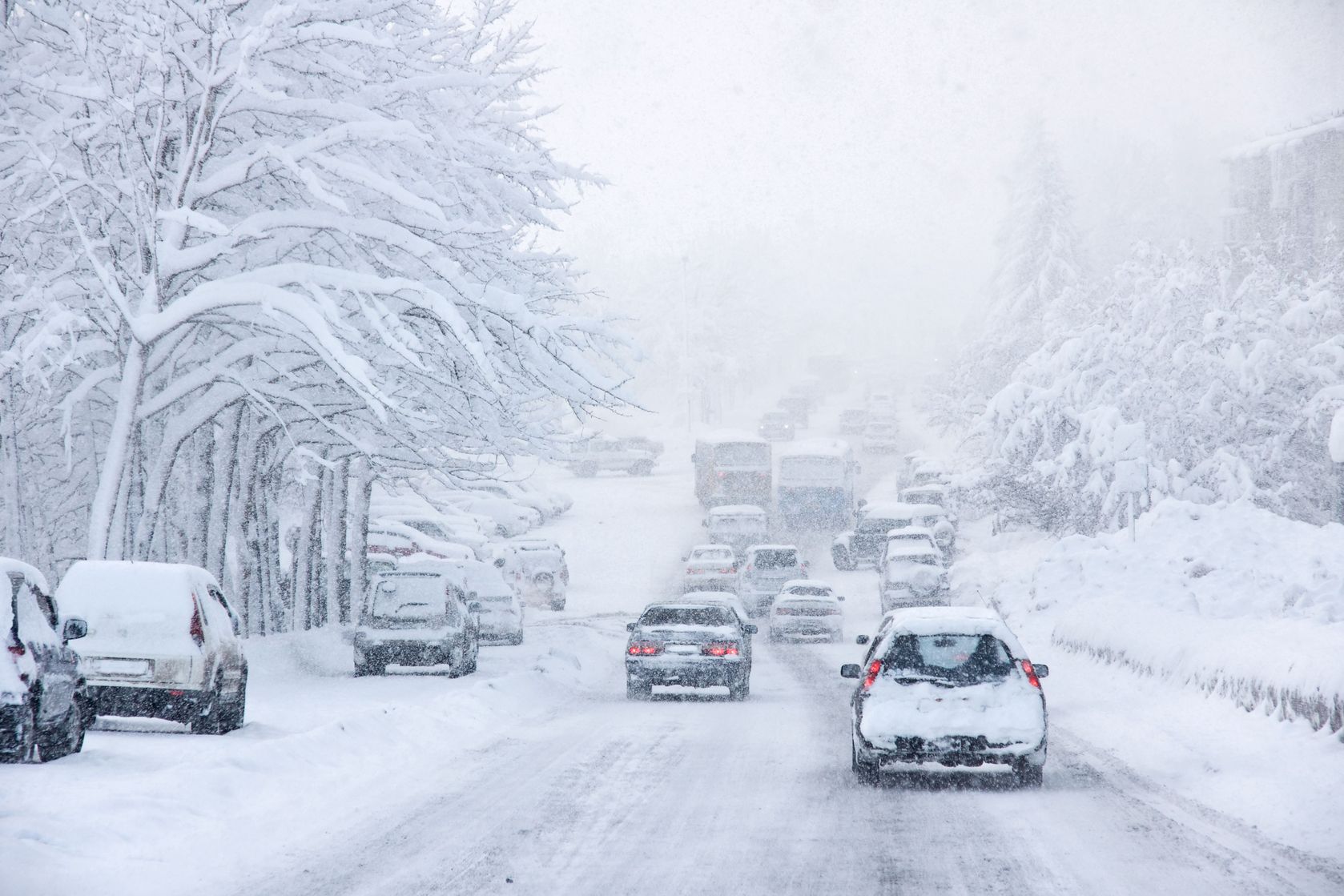With the winter months approaching, many teens will find themselves driving in snow or ice for the first time. Preparation for the elements should begin long before winter arrives.
Your car will need more than an oil change to get through the winter. Tires should be your first concern. Worn treads and flat tires can cause disaster in ideal driving conditions. Make sure your tires are fit for the road before snow and ice strikes.
A special note regarding tire pressure: air inside the tires contracts as the temperature drops. For every ten degree drop in air temperature, expect tire pressure to drop one or two psi. This is in addition to any normal tire pressure loss. Take care to measure tire pressure before and not immediately after you drive the car. Friction with the pavement causes the tires to heat up and gives an inaccurate pressure reading.
Snow tires can be a great investment for winter driving. However, be aware that snow tires also come with their own set of concerns. The extra tread depth and open design provide more traction in deep snow but compromise responsiveness and control in other conditions. The speed ratings for snow tires are also lower than the speed ratings for all-season tires. Snow tires are not recommended for high speed driving.
Snow chains can be useful in severe conditions. The speed limit on snow chains ranges from twenty-five to thirty miles per hour.
Brakes, oil, and lights should be a part of every maintenance appointment, but are particularly important in winter. Ask your garage about changing your vehicle’s wiper blades. Winter wiper blades will greatly improve visibility during precipitation. It is also of the utmost importance that your vehicle’s heater and defroster are in working order.
Some vehicles are more stubborn than their owners when it comes to getting started on cold winter mornings. Your vehicle’s battery, ignition system, radiator, belts, and hoses should all be checked before the season’s first frost.
Your vehicle is prepared for the snow and ice. Is the driver? Adhere to following guidelines to remain safe while driving in the snow and ice.
Go easy on the gas. Interstates often reduce speed to half the posted limit (or less) in wintry conditions.
Maintain your “rolling traction.” This means braking at a distance up to three times your vehicle’s normal braking distance. Your following distance should increase proportionally. Remember, there is no truly safe distance in snow or ice.
Know your brakes. Is your vehicle equipped with ABS? In the event that you lose your rolling traction, do NOT pump the brakes. Also, do not let off the brakes if you feel a pulsing underfoot–that pulsing is the ABS going to work.
Steer carefully. If you begin to fishtail, take your foot off the gas and steer into the direction of the drift.
Above all, when driving in inclement conditions, stay alert, stay down, and stay in control. If conditions are truly hazardous or a travel ban is in effect, stay put. No amount of preparation or skillful driving will guarantee your safety.
Learning how to drive in winter conditions takes lots of practice. If you have a teen driver, he or she may need extra practice to become a safe winter driver. Training Wheels is a Brigantine Driving School specializing in behind the wheel training for teens. We would be more than happy to provide your teen with the instruction needed to ensure he or she is safe on the roads this winter.
For more information about our driving lessons and services available, please click here.
Photo Copyright: irishka1 / 123RF Stock Photo

